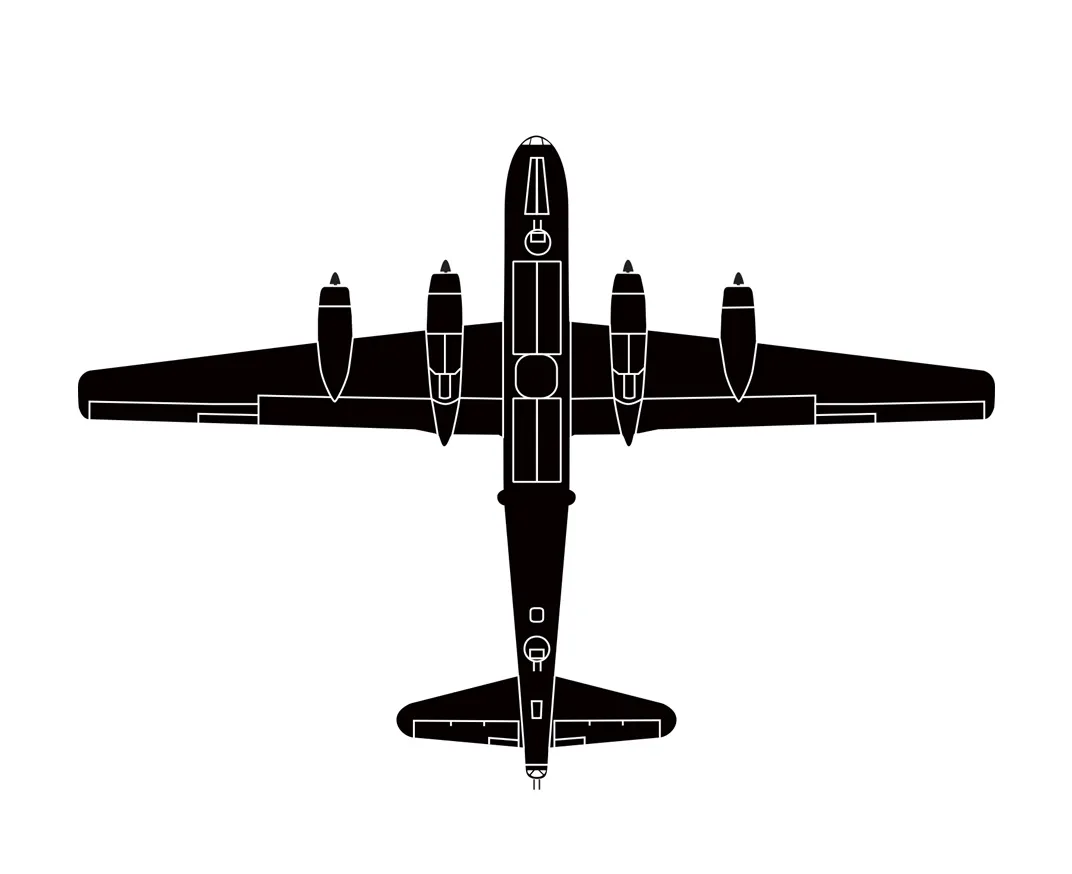How to ID the Warbirds

Like U.S. military personnel in World War II—as well as more than a million civilian volunteers in the Ground Observer Corps—you can use silhouettes to identify the type of airplane flying overhead. The observer corps used them to learn to tell friend from foe. But if you’re viewing the Arsenal of Democracy Flyover in Washington, D.C. on September 25, you can use these cards to recognize the more than 70 military aircraft expected to fly overhead—all friendly! The cards are brought to you by the General Aviation Manufacturers Association and Google Arts & Culture.
CIVIL AIR PATROL
Piper L-4 Grasshopper
The L-4 has a high, straight wing and fixed landing gear. Based on the civilian Piper J-3 Cub trainer, the Grasshopper was used for spotting duties and as a utility transport.
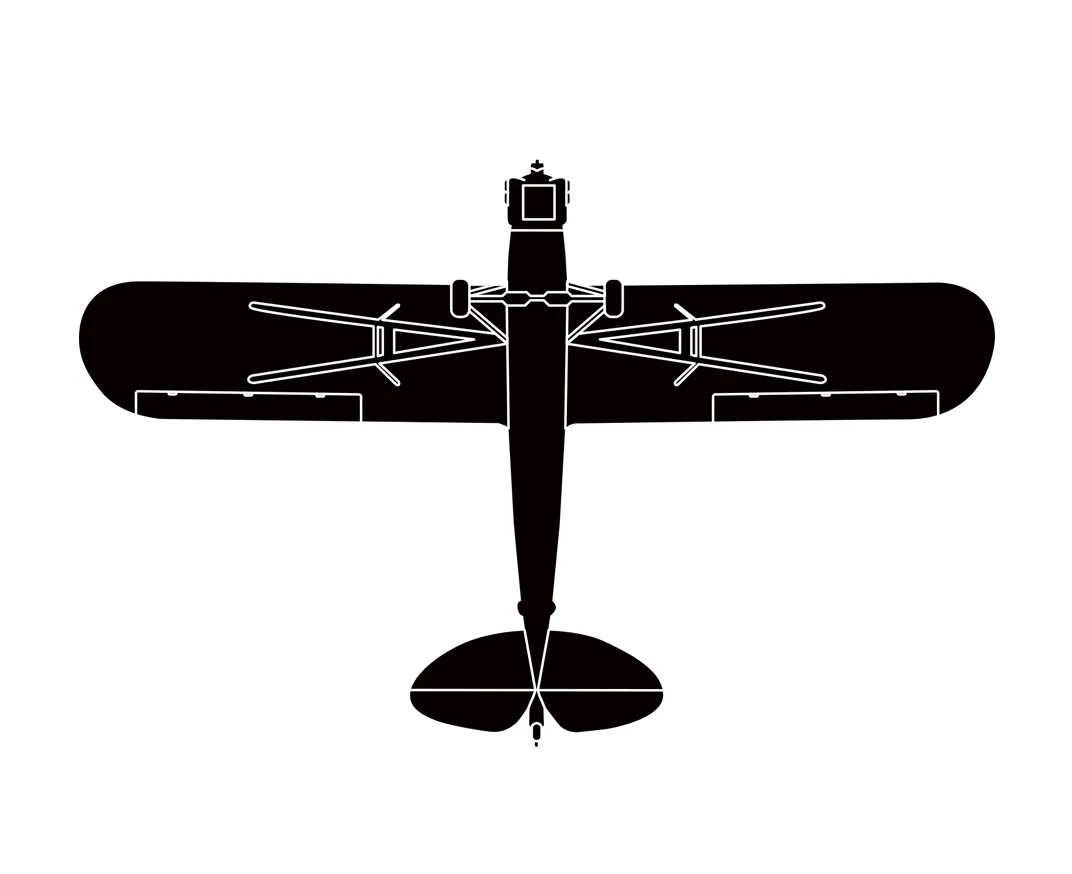
Stinson L-5 Sentinel
The only purpose-built American liaison aircraft of WWII, the Sentinel flew for the Army and Navy all over the globe. To spot it, look for its squared-off horizontal tailplanes.
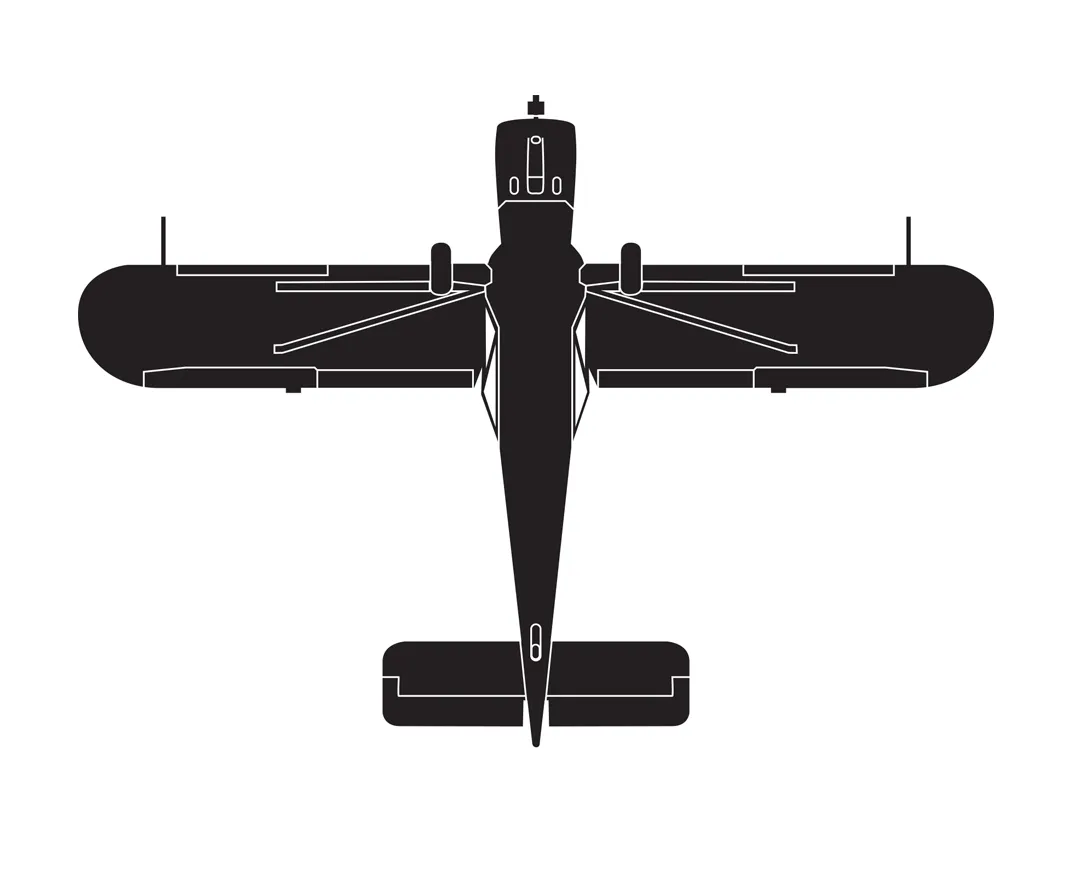
TRAINERS
Fairchild PT-19
With fixed landing gear, a tail wheel, and a low monoplane wing, the PT-19 looked and acted like a more docile version of the fighters cadets would later be flying in combat.
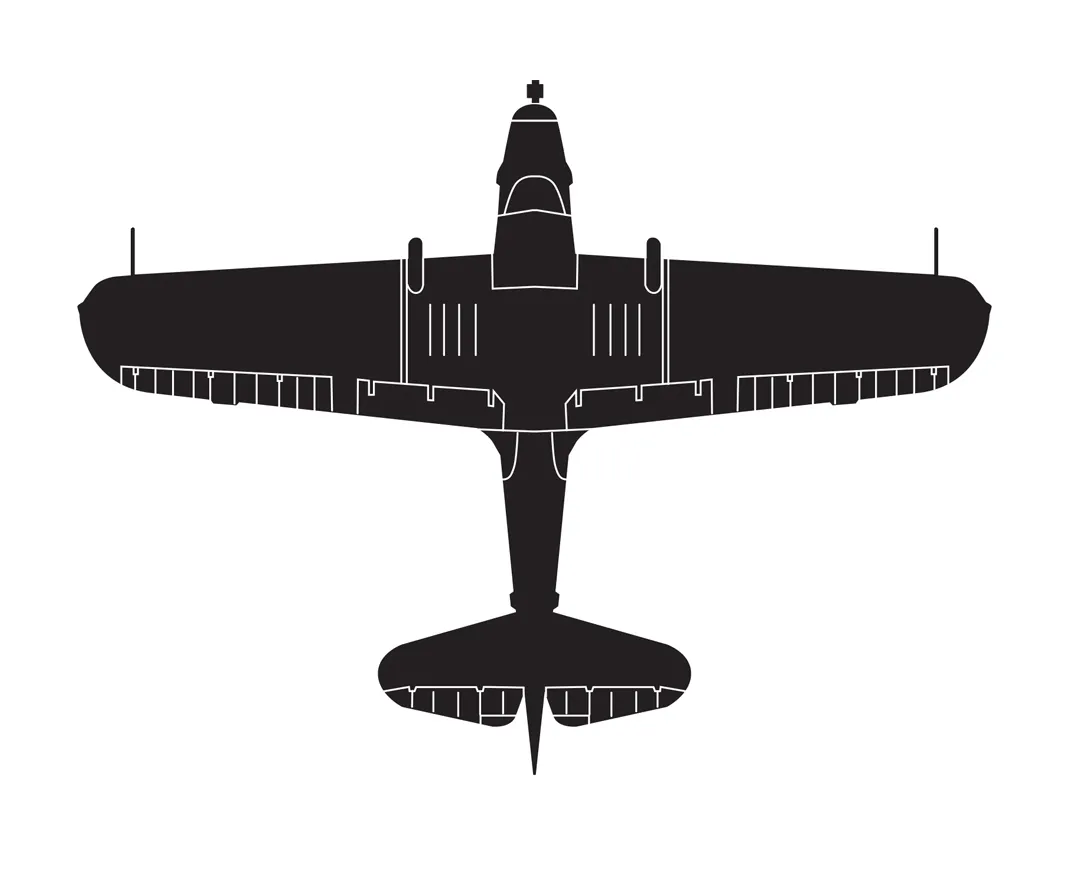
De Havilland Tiger Moth
A primary trainer for Great Britain’s Royal Air Force, the biplane Tiger Moth had ailerons only on its bottom wings. Other versions of the airplane were used for patrol duties.
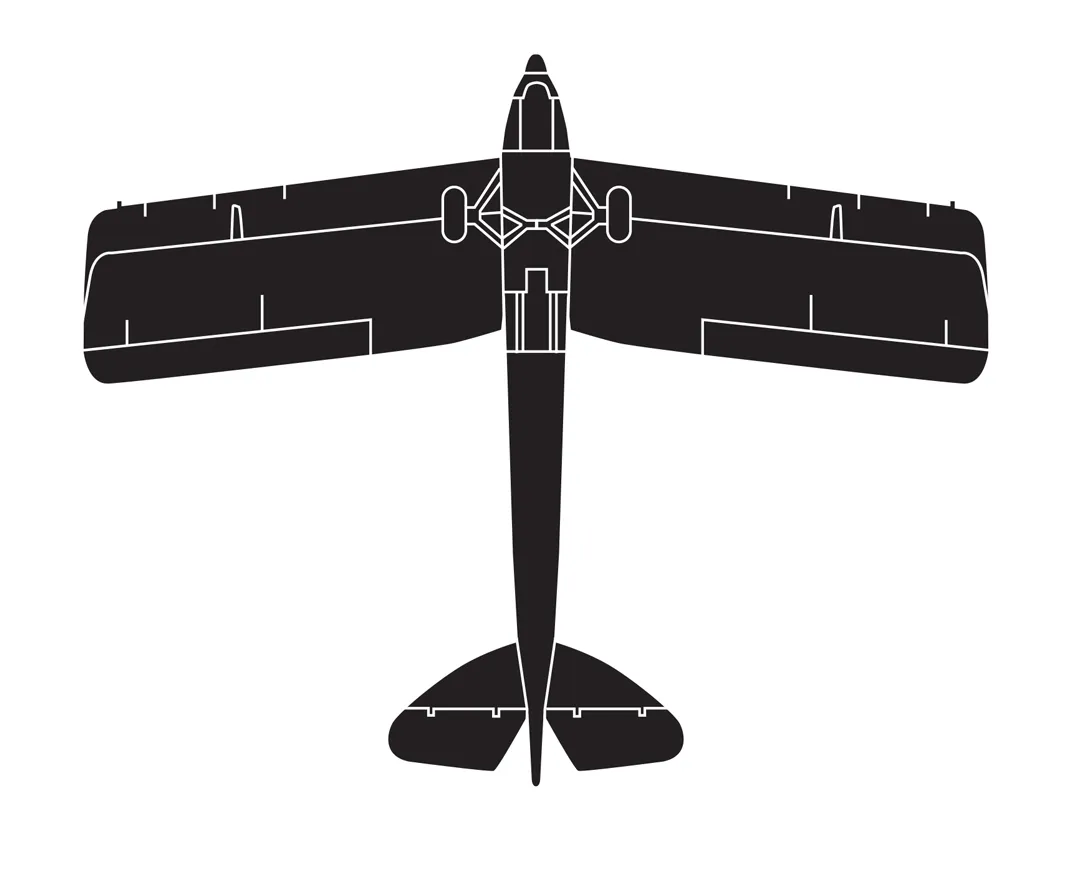
Boeing PT-17 Stearman
A simple and sturdy biplane primary trainer with fixed landing gear, the Stearman was used to teach more WWII pilots the basics of flying than any other aircraft.
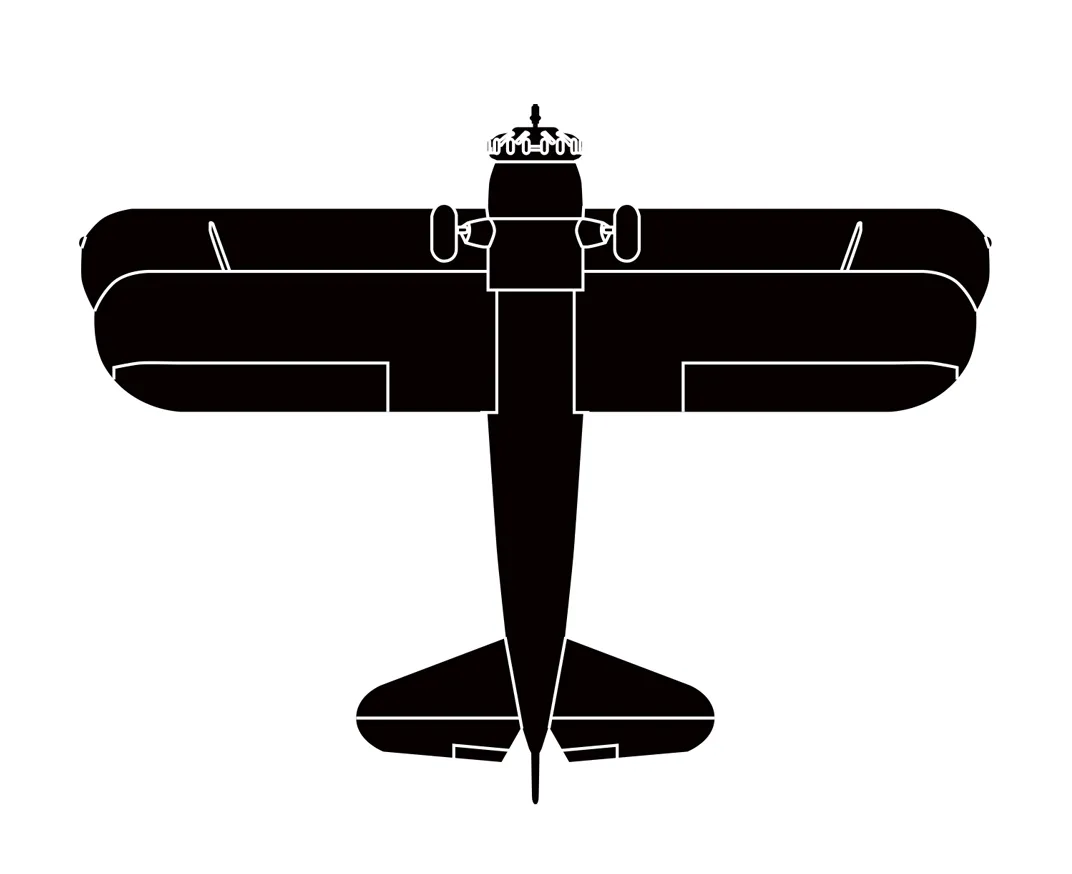
North American AT-6 Texan
This low-wing advanced trainer had a long greenhouse canopy and was used to teach pilots the intricacies of military flying, including gunnery, formation, and cross-country aviation.
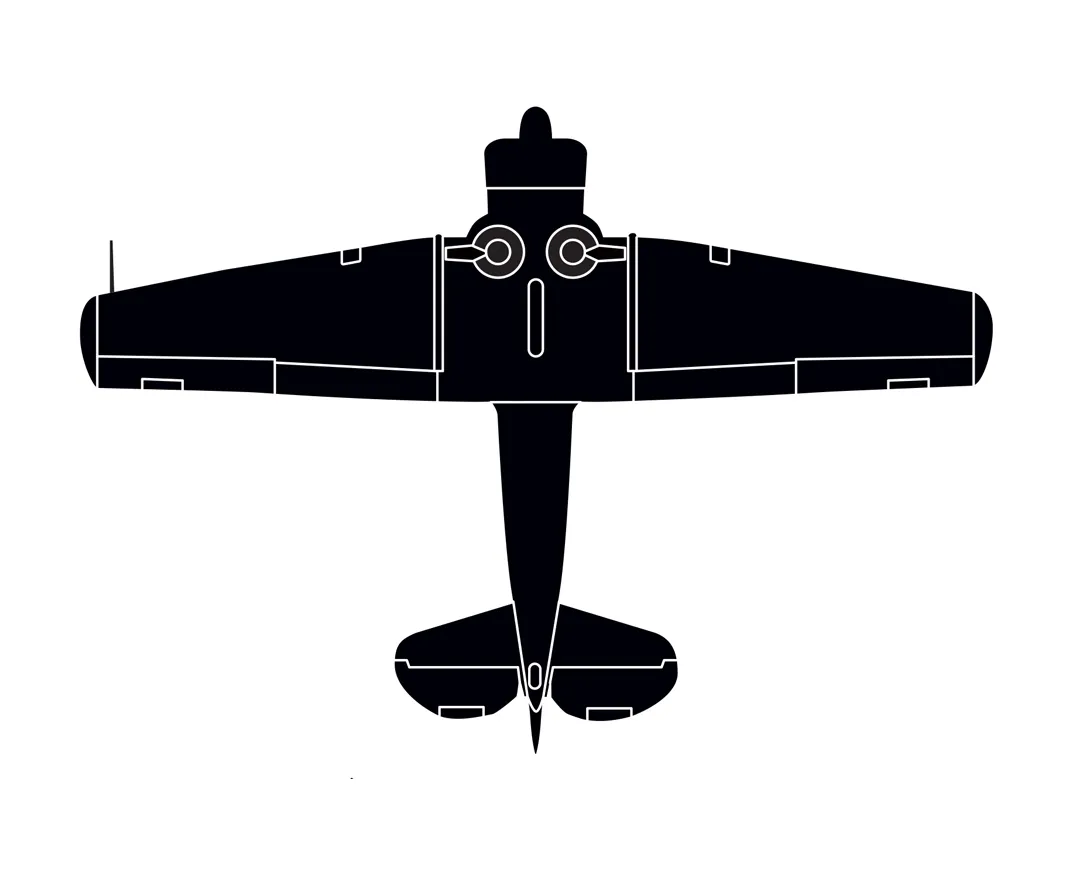
Beechcraft AT-11 Kansan /C-45
Derived from the famous Beech 18, the AT-11 trained 90 percent of the Army Air Forces’ bombardiers in WWII. It is recognizable by a stubby glass nose and twin vertical stabilizers.
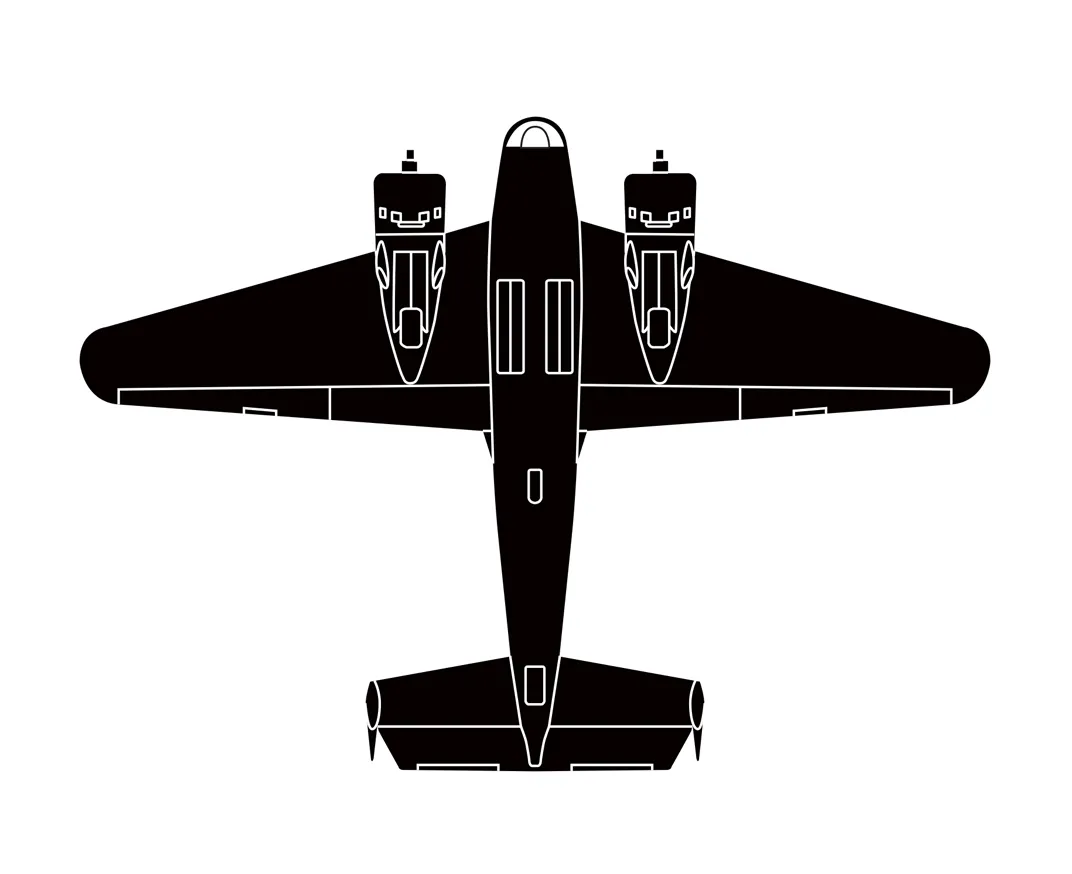
BATTLE OF BRITAIN
Hawker Hurricane
With fabric-covered wings and aft fuselage, the Hurricane was sturdy and stable, often carrying eight machine guns in its wings for clashes with German bombers.
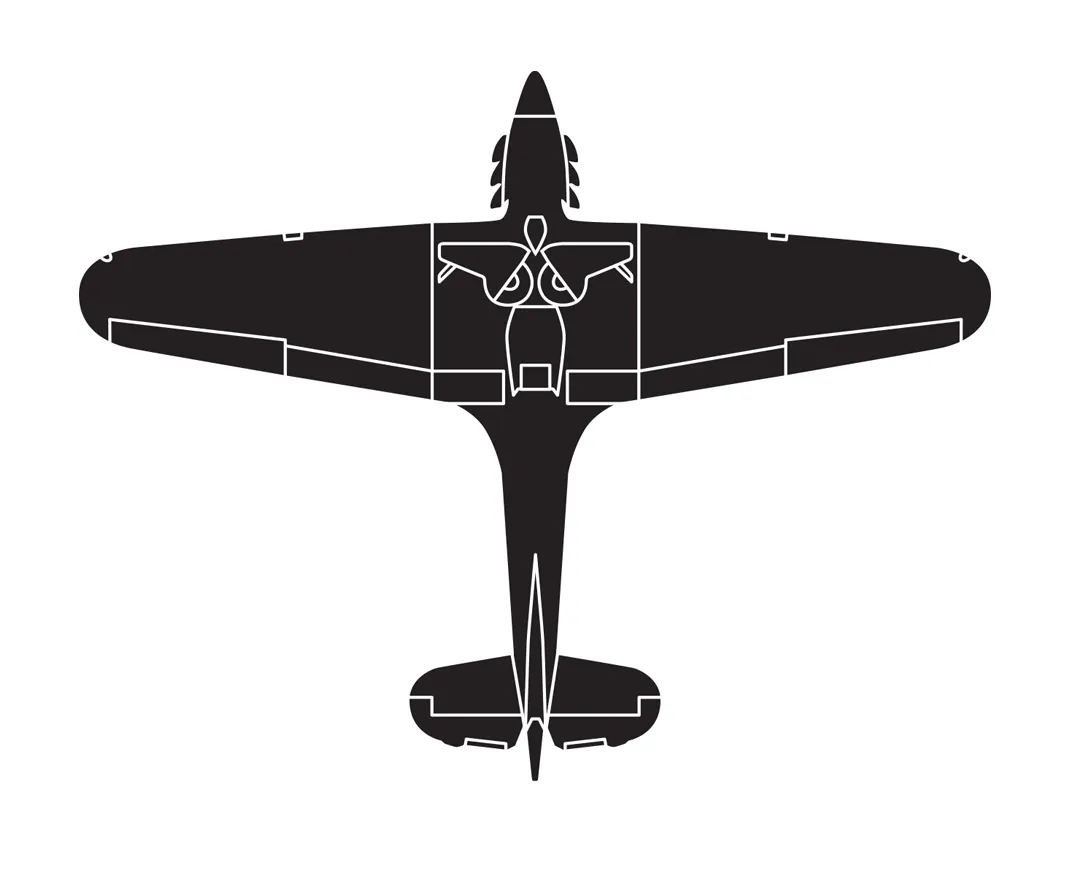
Supermarine Spitfire
With its distinctive elliptical wings and dashing good looks, the Spitfire became the WWII workhorse of the Royal Air Force and a symbol of defiance for the nations of Great Britain.
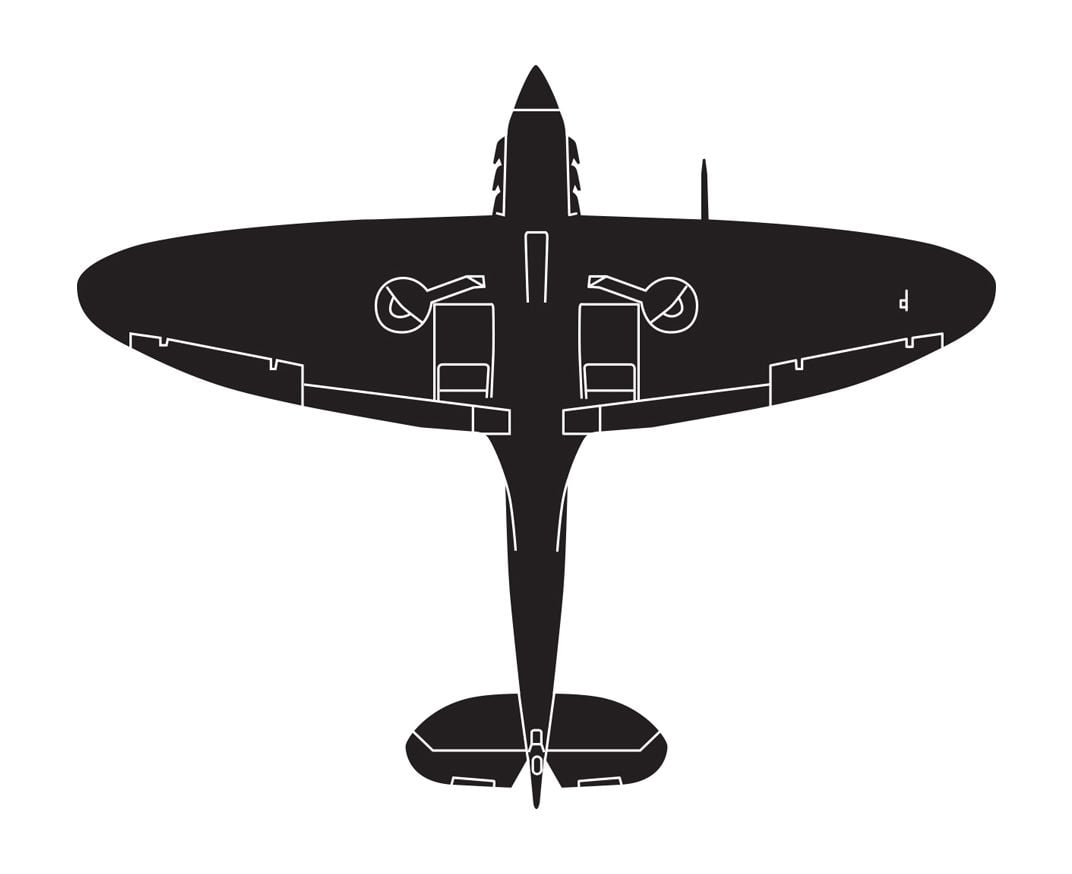
PEARL HARBOR/FLYING TIGERS
Curtiss P-40 Warhawk
Flying with a straight wing leading edge and a pronounced nose scoop, the P-40 was the Army’s primary fighter early in the war and was heavily exported.
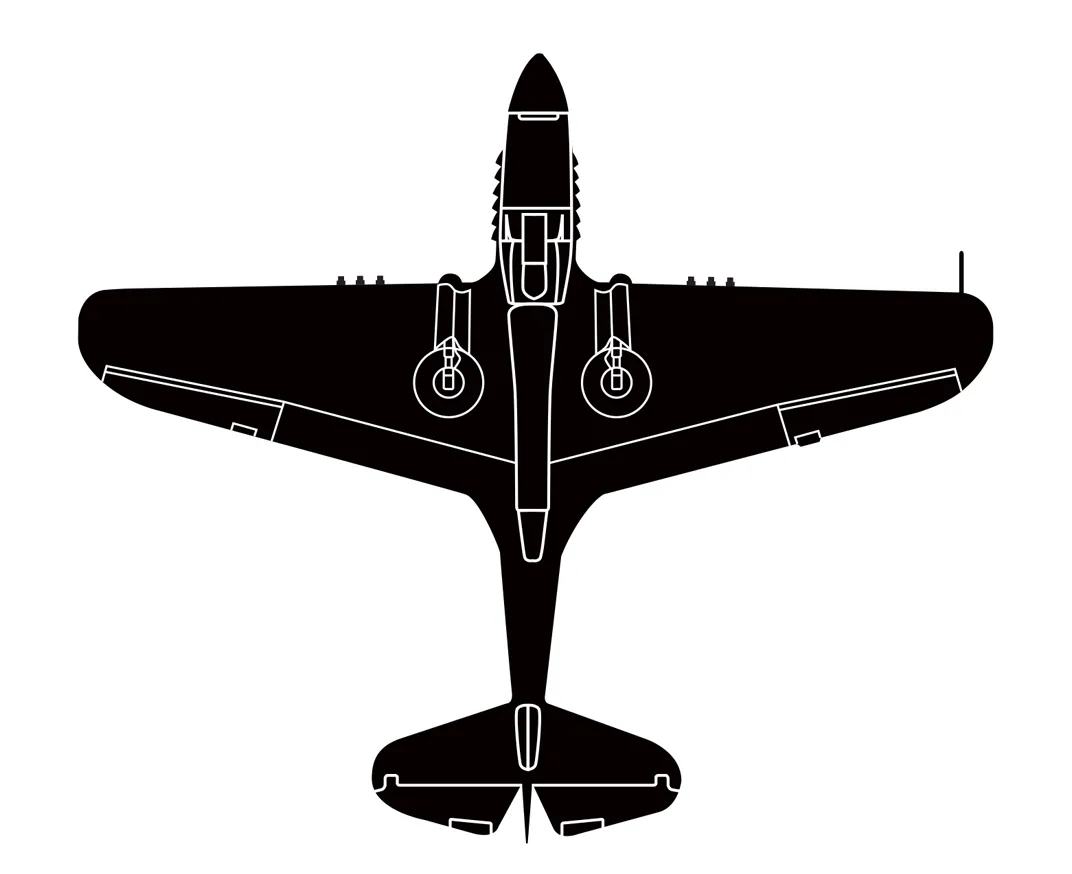
DOOLITTLE RAID
North American B-25 Mitchell
Famous for its bombing raid on Tokyo in 1942, this versatile two-engine medium bomber with big twin vertical stabilizers served extensively in the Pacific and Mediterranean.
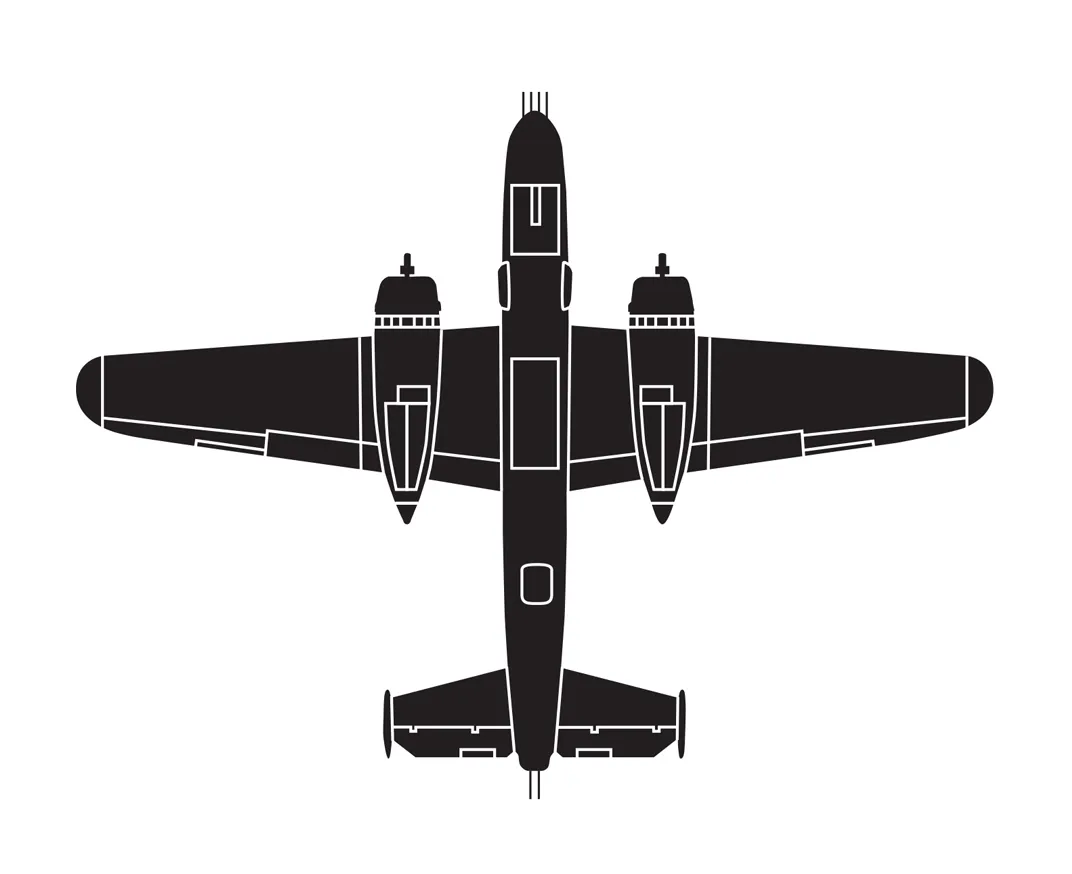
BATTLE OF MIDWAY
Consolidated PBY Catalina
A high-wing, twin-engine rescue and patrol plane, the Navy PBY has a boat-like fuselage to land in the water. It was the first U.S. plane to spot the Japanese fleet at Midway.
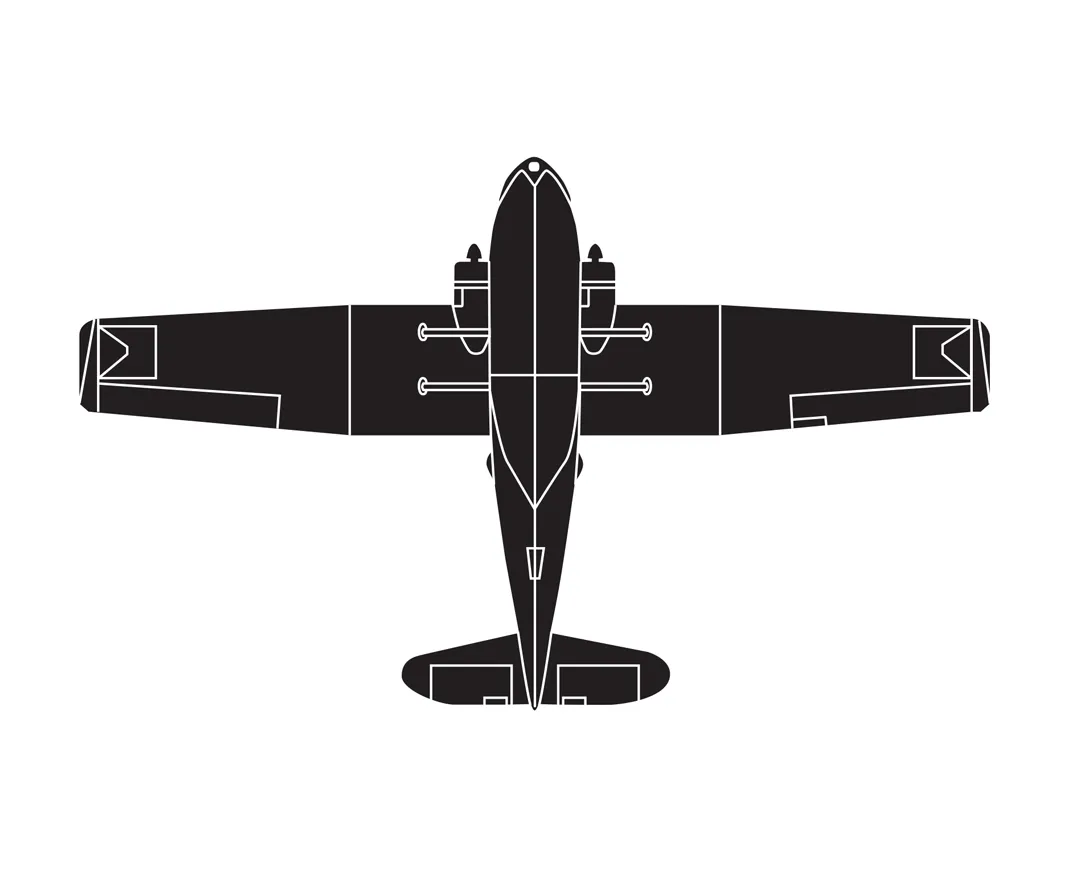
GUADALCANAL
Grumman F4F/ FM-2 Wildcat
Stubby and stout with squared-off wings, the F4F was the Navy’s primary fighter at the outset of WWII. Wildcat pilots developed tactics to defeat the superior Japanese Zero.
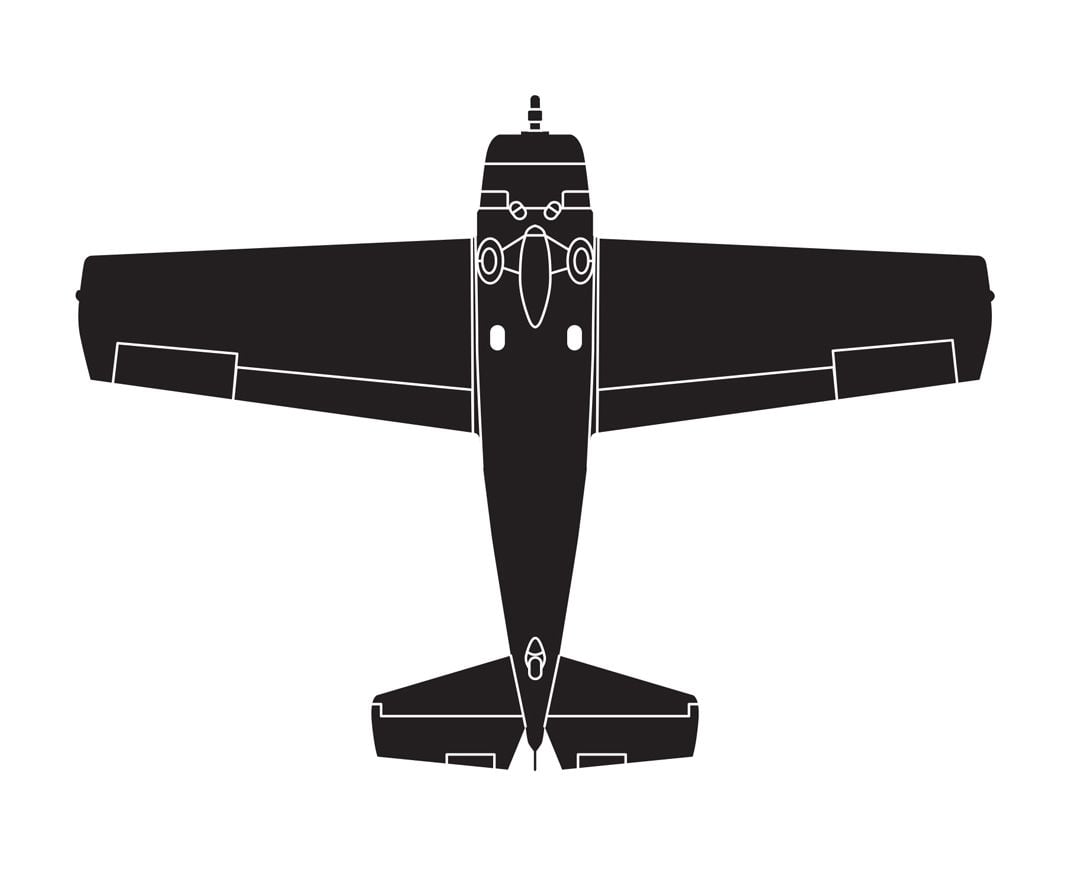
Bell P-39D Airacobra
With its engine mounted in the center of the fuselage and tricycle landing gear, this streamlined fighter was revolutionary. The aircraft also carried a 37mm tank-busting cannon.
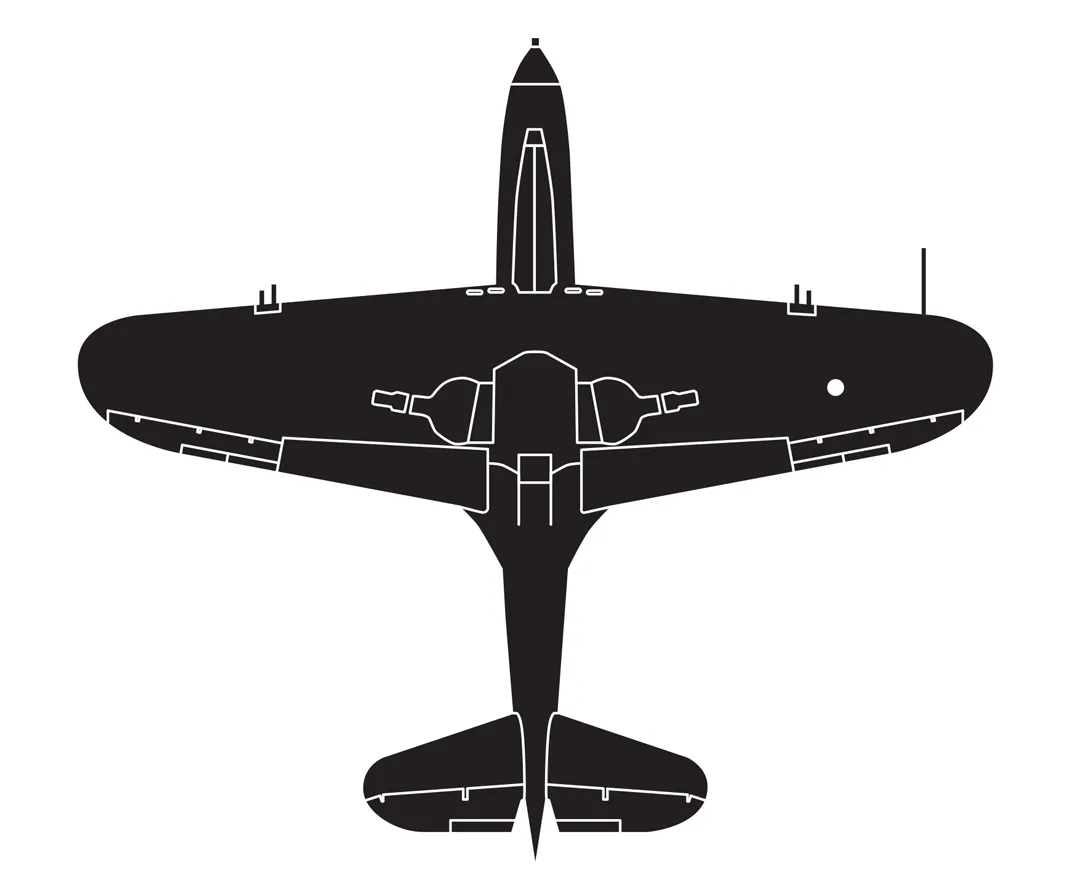
ATTACKING BERLIN
De Havilland DH.98 Mosquito
With a V-shape wing profile and two Merlin engines, the “Mossie” was used by the Royal Air Force as a fighter, bomber, and recon plane. It was made almost entirely of wood.
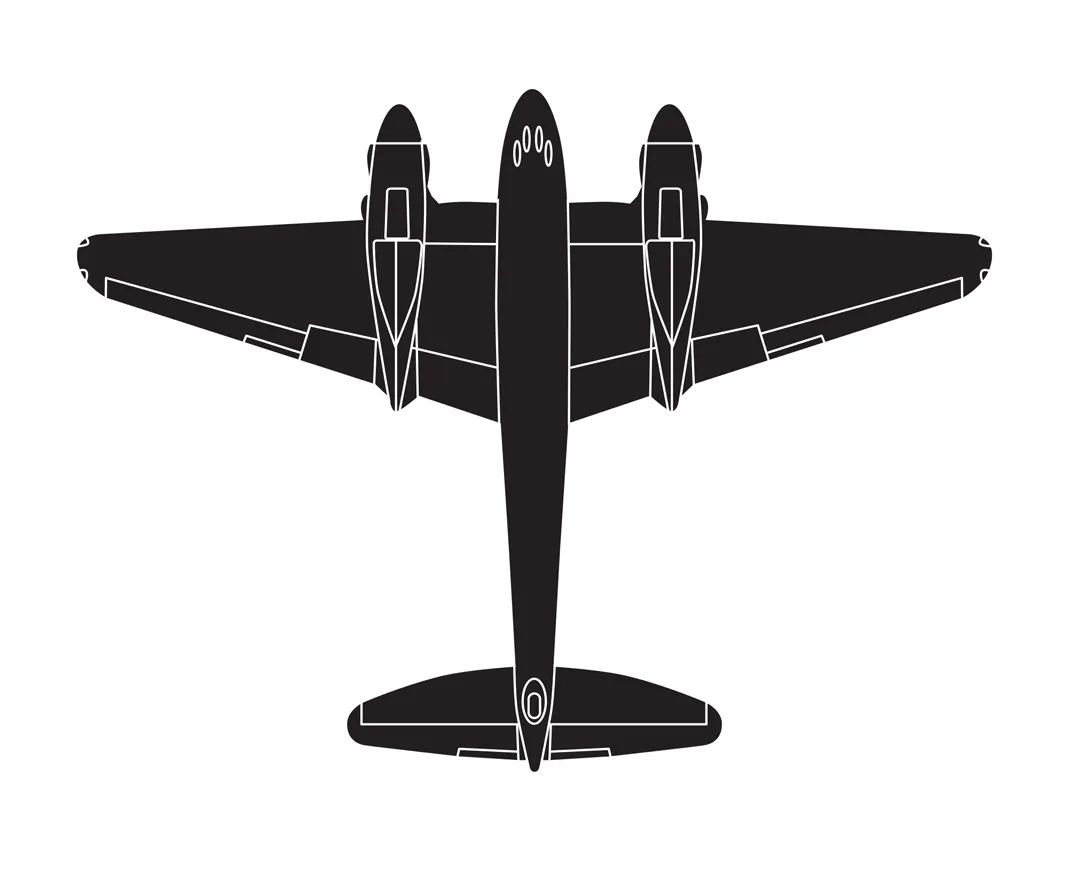
BATTLE OF THE ATLANTIC
Fairey Firefly
This long-bodied taildragger flew from British Fleet Air Arm carriers as a fighter and patrol aircraft. Later versions carried recognizable wing-mounted radar pods.
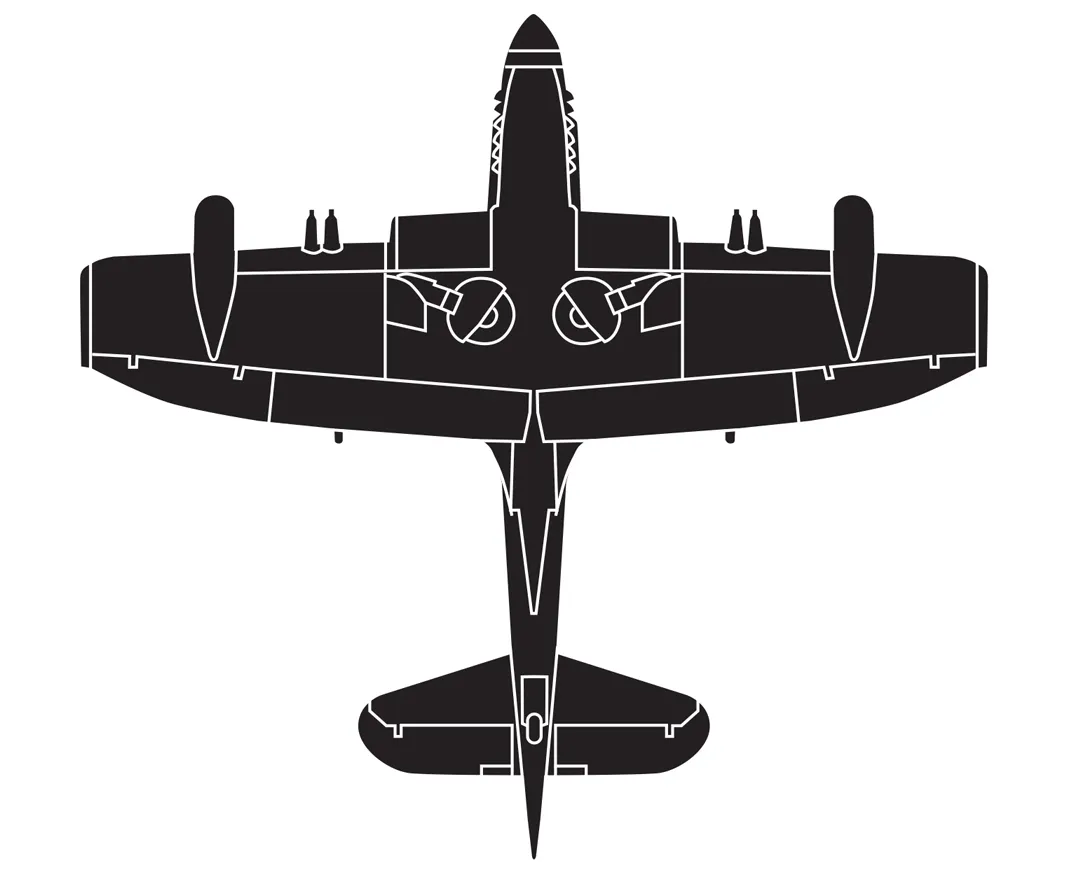
PLOESTI
Consolidated B-24 Liberator/ PB4Y Privateer
A large four-engine bomber with long, skinny wings and distinctive oval vertical stabilizers, the Army Air Forces B-24 looked mean. The Navy used similar types as patrol planes.
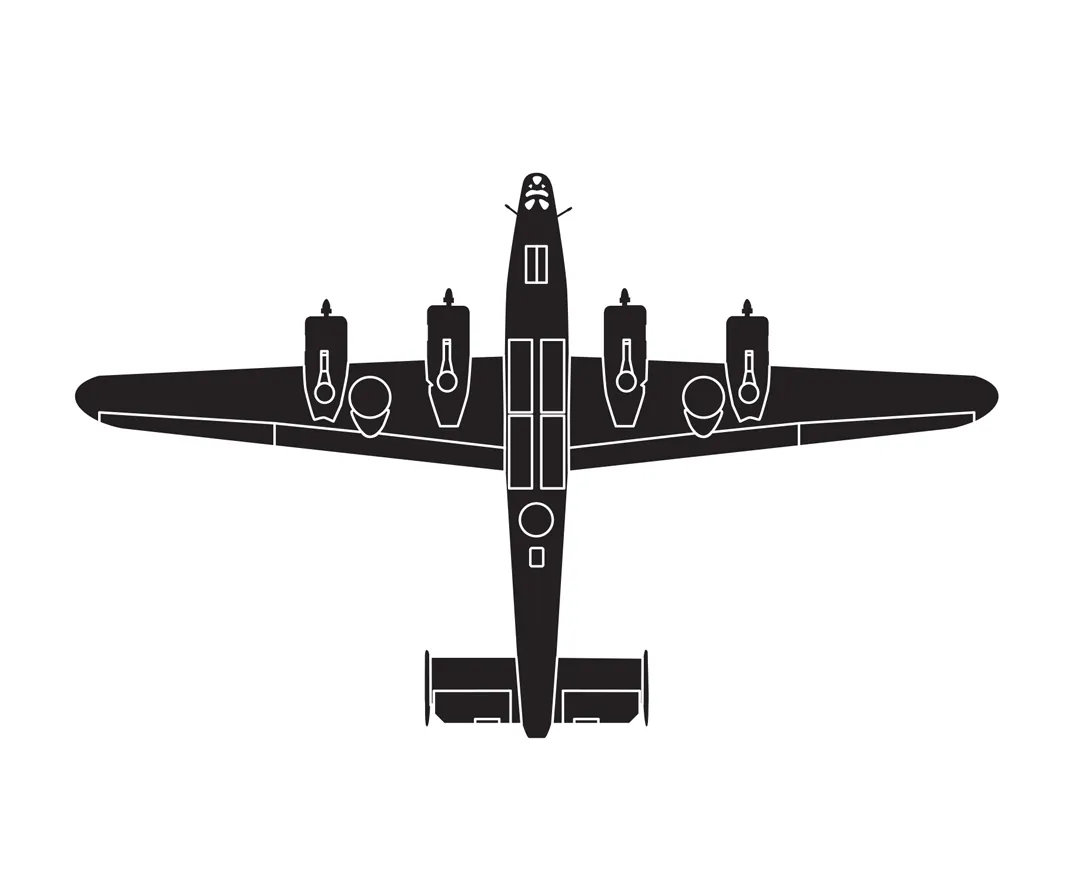
LITTLE FRIENDS/LONG-RANGE FIGHTERS
North American P-51 Mustang
Possibly the greatest fighter of WWII, this aircraft flew with a recognizable scoop under its belly, a powerful V-12 in its tapered nose, and squared-off wings and tail surfaces.
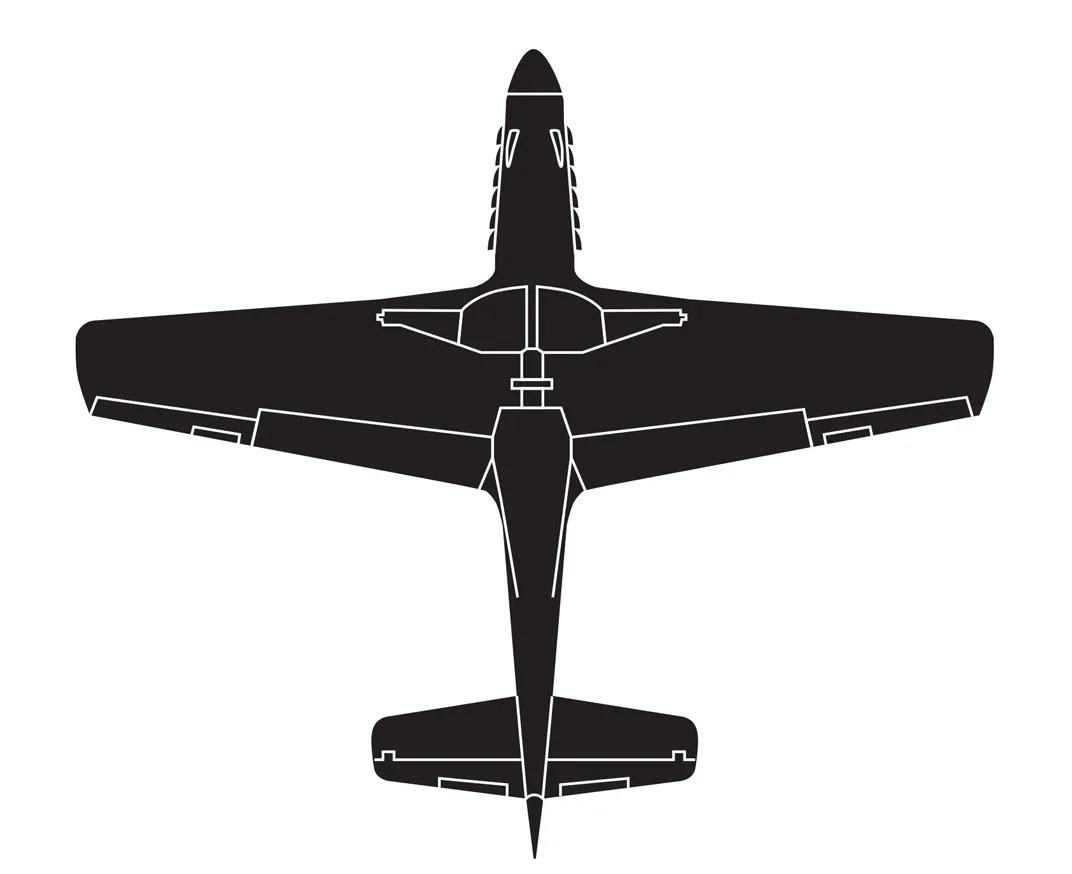
BIG WEEK
Boeing B-17 Flying Fortress
This four-engine bomber had a distinctive rounded vertical tail and thick wings. Aircrew praised the B-17 as incredibly tough, able to sustain heavy damage and still make it home.
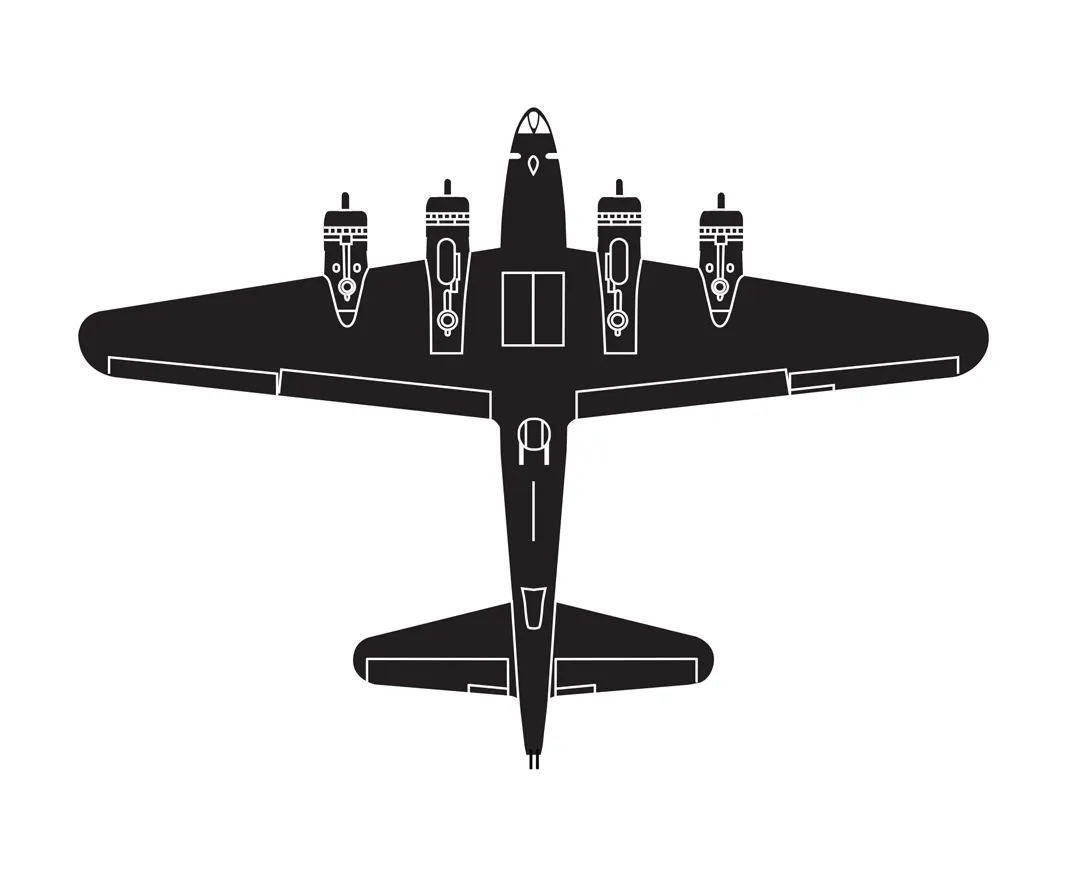
D-DAY
Douglas C-47 Skytrain/ DC-3
A cargo plane with distinctive tapered wings, the C-47 was a DC-3 airliner in uniform. The iconic workhorse towed gliders, deployed paratroopers, and moved supplies all over the world.
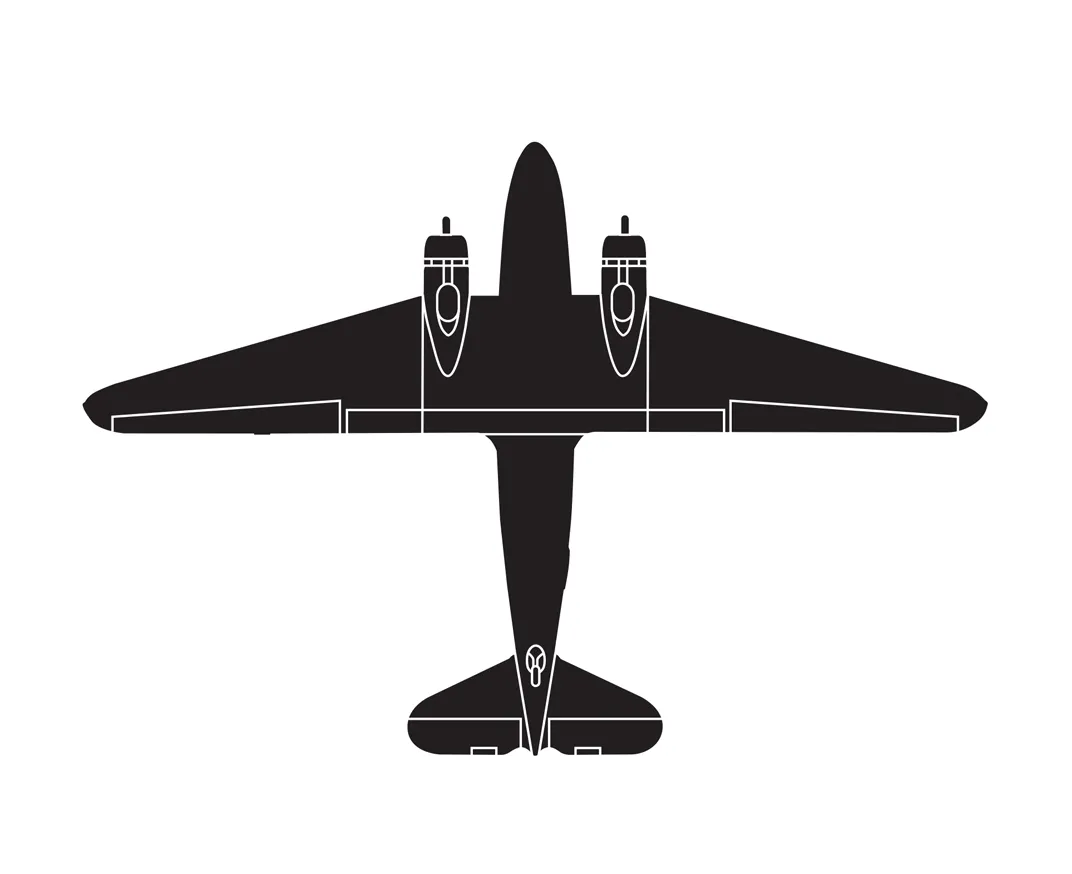
BATTLE OVER CHICHIJIMA
Grumman TBM Avenger
This carrier-based bomber hefted a 2,000-pound aerial torpedo or an equal weight in bombs. It has a distinctive round turret aft of its long greenhouse canopy.

BATTLE OF THE BULGE
Douglas A-26 Invader
This speedy twin- engine attack plane had a narrow fuselage and squared-off wings and tail surfaces. It appeared late in the war and stayed in service for decades.
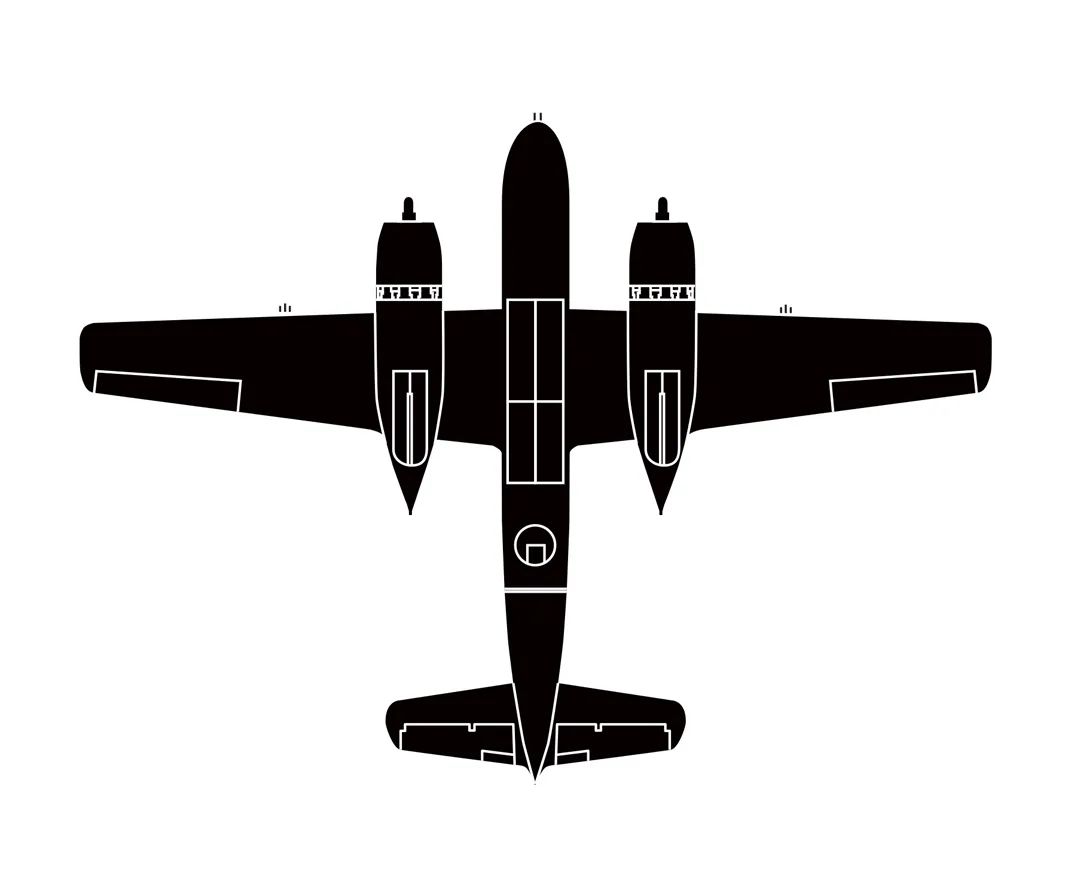
IWO JIMA
Vought F4U Corsair
With inverted gull wings and a big, round nose, the Corsair was eventually operated by Navy squadrons, but it will always be known as a Marine.
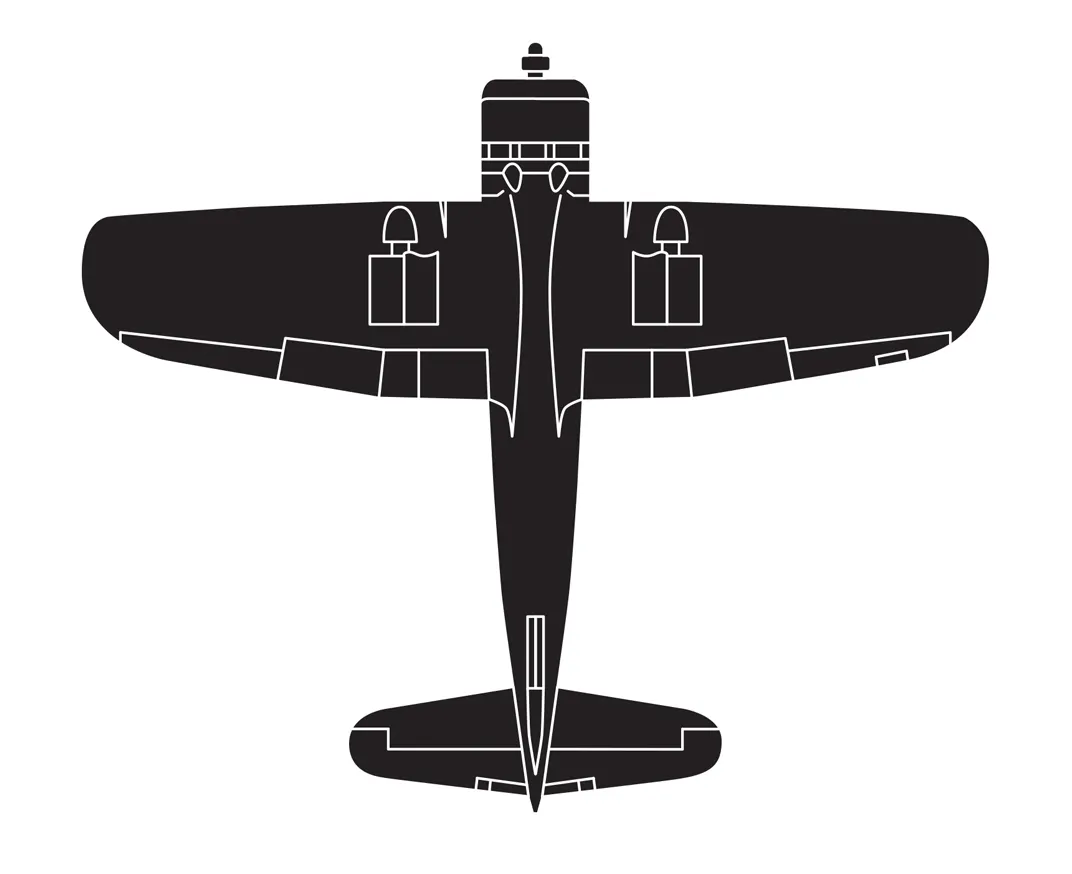
THE HUMP/ AIR TRANSPORT COMMAND
Curtiss C-46 Commando
Bigger and faster than the standard cargo plane of the era, the C-46 could carry up to 40 troops or 15,000 pounds. Pilots called it “The Whale.”
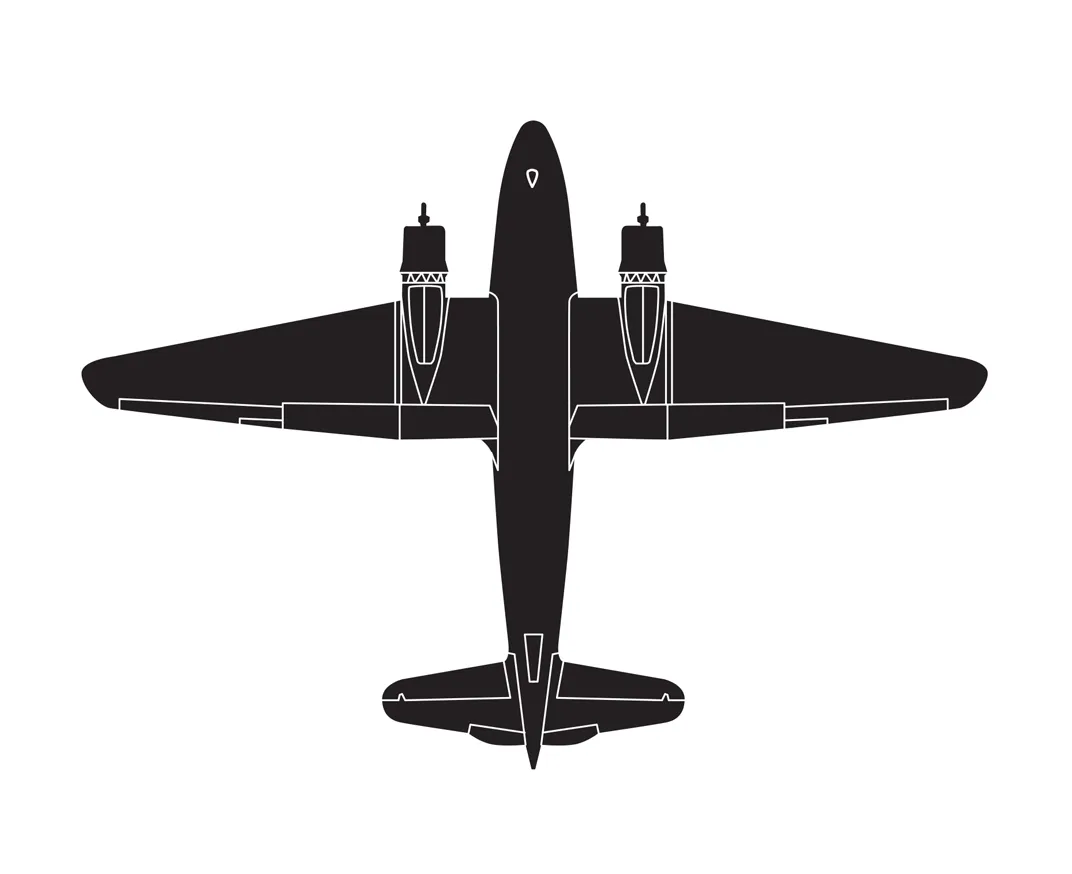
BEARCATS
Grumman F8F Bearcat
Too late for WWII combat, this carrier fighter was a light airframe joined to a powerful engine. It was designed to quickly intercept kamikaze aircraft and bring them down.
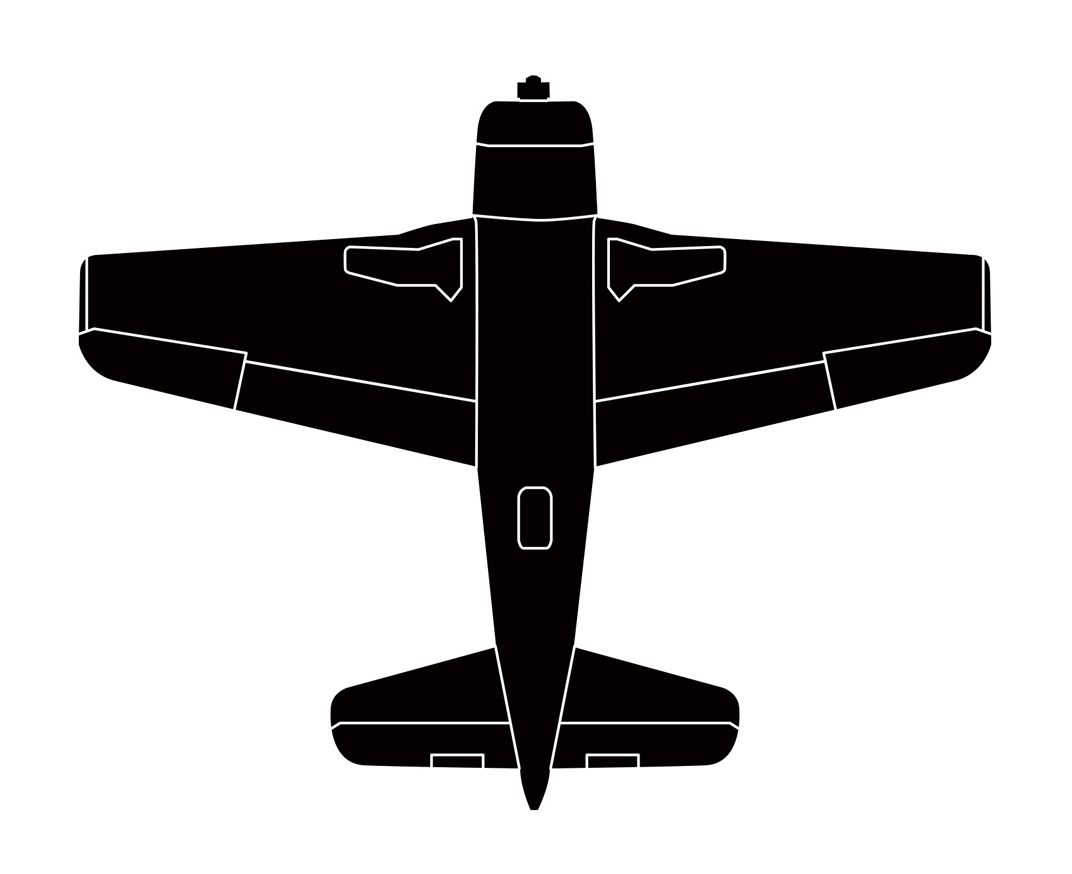
THE FINAL ACT
Boeing B-29 Superfortress
Streamlined and fast, the four-engine B-29, big brother of the B-17, raided Japan with incendiary bombs. Near the end of the war, it was B-29s that dropped the atomic bombs.
